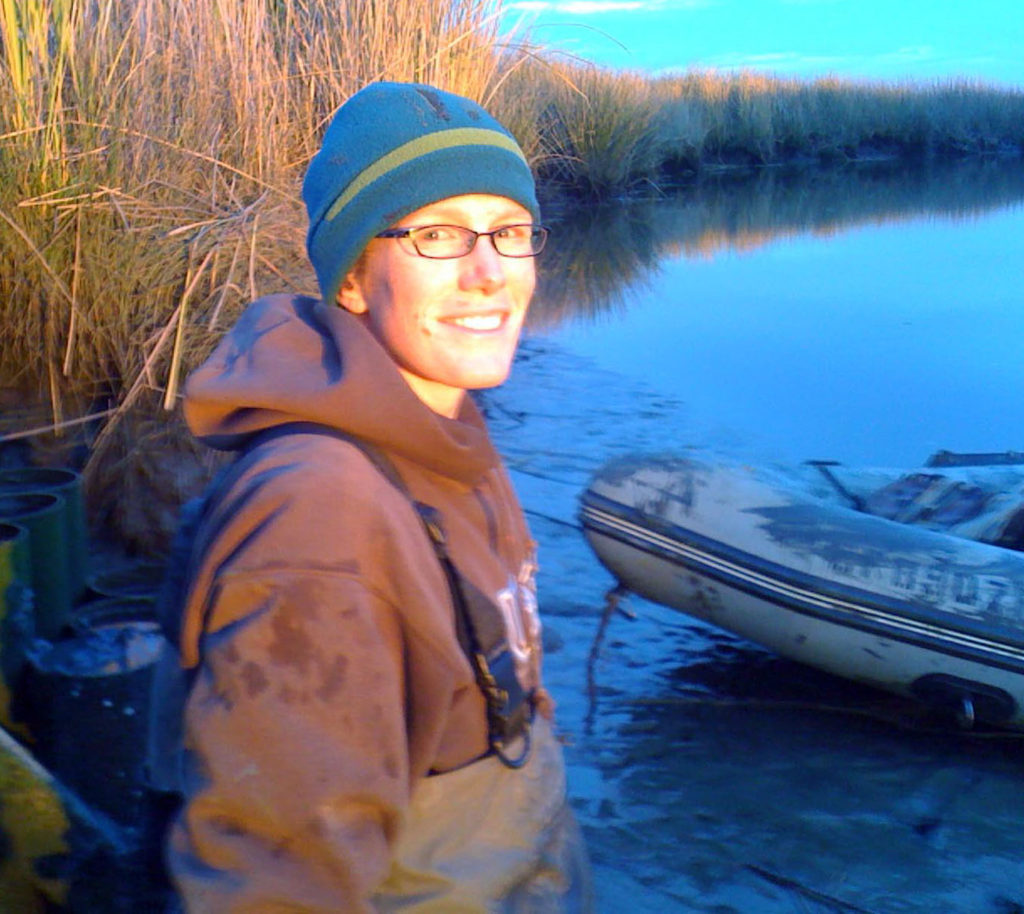
Ph.D. Candidate, University of California-Berkeley
Conference Travel Grant Type 2 (INTECOL International Wetlands Conference)
Modeling sea-level rise effects on tidal wetland marsh distribution in the San Francisco Bay Estuary: implementation of the Marsh Equilibrium Model (MEM)
“Sea-level is expected to rise between 55 and 140 cm in the next century and is likely to have significant effects on the distribution and maintenance of tidal wetlands; however, little is known about the effects of increased sea level on Pacific coast tidal marshes. We modeled changes in marsh surface elevation for salt, brackish, and oligohaline tidal marshes using the Marsh Equilibrium Model (MEM). This zero-dimensional model incorporates suspended sediment concentrations, tide levels, current marsh elevations, above-ground biomass, and decomposition rates to model organic and inorganic accretion rates under a variety of predicted rates of sea-level rise. Field data from salt, brackish, and oligohaline marshes were collected to create and calibrate specific inputs for each marsh type. Light Detection and Radar (LiDAR) and bathymetry data were collected across the San Francisco Bay Estuary by multiple agencies and were combined to create a 5m digital elevation model. Elevations were binned in 10cm increments from subtidal to upland elevations. The MEM was run for each marsh type at different elevation bins altering century sea-level rise and suspended sediment concentrations. A mask was created in a GIS to reflect levee boundaries, roads, and other barriers that restrict marsh migration. The modeling results were applied to the Estuary-wide LiDAR data and marsh area was determined at select time intervals for each scenario. Preliminary results suggest that changes in the suspended sediment concentration had more of an influence on marsh accretion rates than changes in the contribution of plant biomass and that marsh area decreases with increased sea-level rise. Few upland areas are available for marsh migration. This modeling approach was shown to be basic in nature but it was easily and accurately implemented across a variety of marsh types.”
